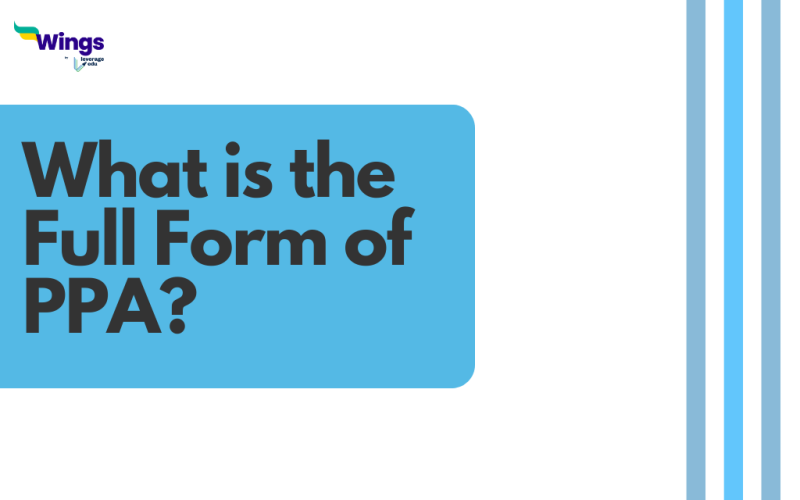The PPA full form is the Power Purchase Agreement. It is an arrangement made between a 3rd party developer and a customer. It gives the right to the third-party developer to install, own and operate an energy system. Later, the customer purchases the system’s electric output for a predetermined duration. PPA is beneficial for the customers as it allows them to review inexpensive and stable electricity and enables the owner of the system to take advantage of the tax credits and receive money due to the electricity sale. PPA is most commonly used for renewable energy systems. However, they are applicable to other technologies such as Combined heat and power (CHP).
How does it work?
Table of Contents [show]
A project must be situated in a state/jurisdiction where the 3rd party ownership of energy generation equipment is permitted to be eligible for PPA. Under a PPA, an agreement is signed between the customer and a 3rd part developer. It is related to the purchase of power by generated by solar panels, wind turbines, CHP, etc. Thus, the customer would also be known as the off-taker or the purchaser of power. During the duration of PPA, the developer and its investors would own the equipment and provide initial project coordination services like financing, and design. The electric output provided by the energy system is then purchased by the customer at a price lower than the utility retail rate. Thus, it results in cost savings. However, the PPA rate increases each year by 1-5%. They are generally long-term agreements made for 10-25 years.
Advantages and Disadvantages
The main advantages and disadvantages of PPA are listed below:
| Advantages of PPA | Disadvantages of PPA |
| Positive cash flow as it can cover 100% of the project cost. | PPA rate increases 1-5% each year resulting in the risk of overpayment |
| 3rd party ownership and operation | Laws vary by state. Hence, there is limited availability |
| Off-balance sheet financing solution | Contract complexity |
| Predictable energy prices |
This was all about PPA full form. Visit our Full Form Page to discover more intriguing articles about full forms. You can also check out the consolidated 300+ full forms list!
 One app for all your study abroad needs
One app for all your study abroad needs















 45,000+ students trusted us with their dreams. Take the first step today!
45,000+ students trusted us with their dreams. Take the first step today!
